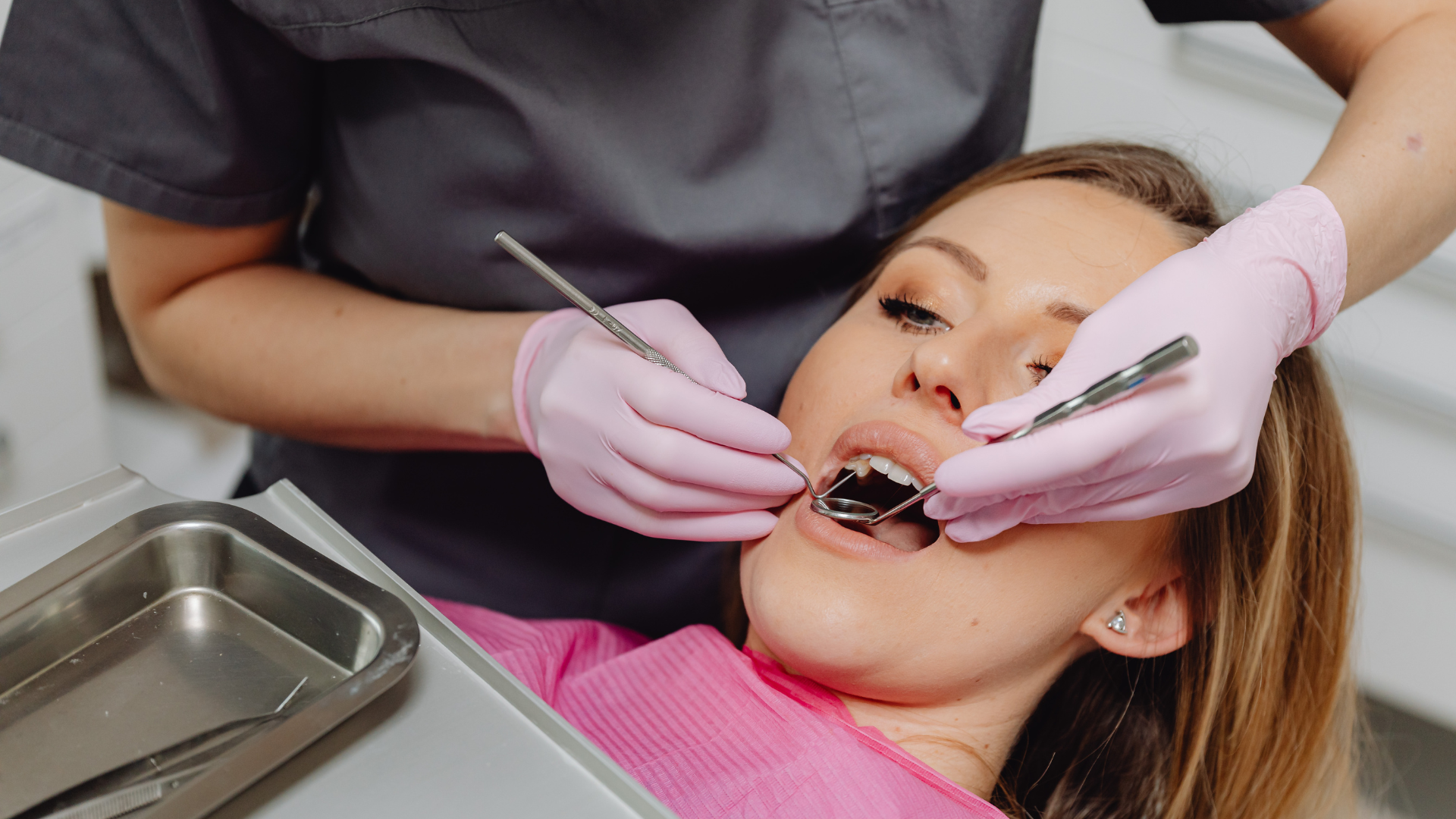A Modern Approach to Straightening Smiles
Clear Aligner Treatment:
A Modern Approach to Straightening Smiles
In the evolution of orthodontics, few advancements have been as revolutionary and patient-friendly as clear aligners. Moving away from the traditional bracket and wire braces, clear aligners have provided a discreet, effective, and flexible way to achieve a perfect smile. So, what makes this treatment a favorite among dental professionals and patients alike?
Understanding Clear Aligners
Clear aligners are virtually invisible trays made from medical-grade plastic that snugly fit over the teeth. They incrementally guide teeth into their desired positions. Tailored to the patient's dental anatomy, each set of trays is designed to make slight adjustments to tooth alignment, which, over time, culminates in an ideally straightened smile.
The Treatment Process
- Assessment: It starts with a thorough dental check-up to ascertain the suitability of clear aligner treatment for the patient. This also involves understanding the patient's orthodontic goals.
- Digital Impressions: Using state-of-the-art 3D imaging technology, precise digital impressions of the teeth are captured. This ensures a flawless fit for the aligners.
- Treatment Plan: A customized treatment plan is crafted using software that simulates the step-by-step movement of the teeth from their current position to the desired outcome.
- Fabrication: The aligners are then crafted based on the digital plan. Typically, patients will transition to a new set of aligners every one to two weeks, gradually moving the teeth.
- Regular Check-ups: Periodic appointments are scheduled to monitor progress and make any necessary adjustments.
Benefits of Clear Aligner Treatment
- Discretion: The transparency of the aligners makes them nearly invisible, allowing patients to undergo treatment without the aesthetic concerns of metal braces.
- Comfort: Without brackets or wires, there's a reduced risk of oral sores or poking wires. The smooth plastic is gentle on the cheeks and gums.
- Flexibility: One of the standout features is the removability of the aligners. They can be taken out during meals, which means no dietary restrictions. This also ensures easier oral hygiene routines, as one can brush and floss normally.
- Predictable Outcome: The digital planning allows both the orthodontist and patient to visualize the expected result even before the treatment begins.
- Reduced Treatment Time: Often, clear aligner treatment can result in a quicker orthodontic correction compared to traditional braces, depending on the individual’s needs.
Conclusion
Clear aligner treatment has transformed the world of orthodontics, offering a blend of comfort, discretion, and efficacy. Whether you're a teenager or an adult, it provides a viable and attractive option to achieve that coveted straight smile. In an era where aesthetics and health converge, clear aligners stand as a testament to how modern dentistry is ensuring the best of both worlds.




